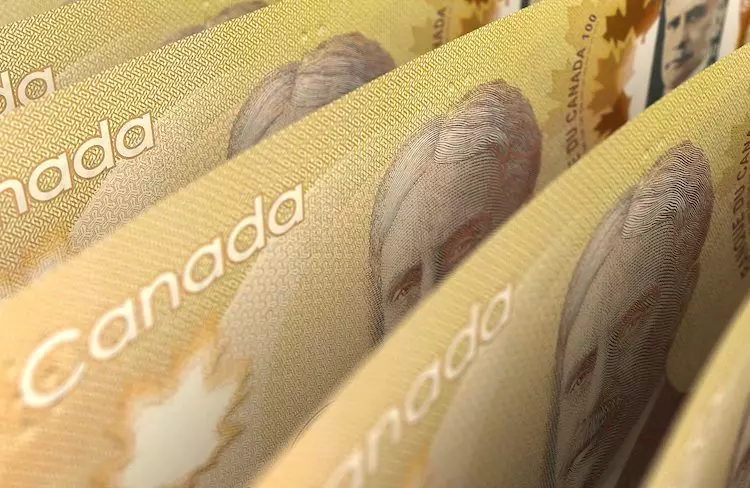The foreign exchange market is largely influenced by economic indicators, central bank policies, and commodity prices, especially in the context of currency pairs like USD/CAD. This article delves into the intricate factors that are driving the movements of the USD/CAD pair, particularly focusing on recent developments, investor sentiment, and the broader economic environment.
As observed in recent trading sessions, the USD/CAD is inching upwards towards the 1.3710 mark in early Thursday trading. This modest increase in value appears to be juxtaposed with the backdrop of a robust US Dollar. The market appears to be pricing in expectations for the US Federal Reserve (Fed) to opt for a more conservative, albeit potentially impactful, interest rate cut of 25 basis points in the upcoming November meeting, particularly as it gears up to release key data on the US Consumer Price Index (CPI).
The latest Federal Open Market Committee (FOMC) minutes highlighted a significant divergence within the policymaker community regarding the appropriate magnitude of rate adjustments. It was revealed that while there remains substantial support for a substantial 50-basis-point cut, a considerable number of officials consider a more measured approach of 25 basis points more appropriate. This ambiguity reflects the complex balancing act the Fed must perform amidst fluctuating inflation metrics and economic uncertainties.
The Canadian Dollar (CAD), intrinsically linked to commodity prices, particularly crude oil, faces downward pressure amidst falling oil prices. As Canada stands as the largest oil exporter to the United States, any decline in crude prices inevitably affects the valuation of the Loonie. Therefore, the interplay between oil prices and the CAD requires acute monitoring, particularly as traders await the Canadian job report for September that reports key indicators like the Unemployment Rate and Net Change in Employment. Positive surprises in these metrics could offer temporary respite for the CAD, but persistent low oil prices may counteract these gains.
When assessing the influence of oil on CAD, it is essential to recognize that higher global oil prices generally encourage a favorable Trade Balance. An increased demand for oil often amplifies the demand for Canadian exports, thus strengthening the currency. Conversely, lower oil prices diminish this demand and can lead to a trade deficit, further exacerbating CAD’s vulnerability against the USD.
The Bank of Canada (BoC) plays a pivotal role in conditioning the CAD through its monetary policy framework. The BoC’s mandate, designed to maintain inflation within a target range of 1-3%, profoundly influences interest rates and, in turn, the CAD’s valuation. Historically, higher interest rates tend to bolster the CAD, appealing to international investors searching for better returns. Furthermore, the BoC utilizes various tools, such as quantitative easing, to modulate credit conditions. Such practices typically have cascading effects on the CAD’s value; easing policies usually pressure the currency downwards, while tightening measures can enhance its attractiveness.
Moreover, investors often look to macroeconomic data as harbingers of future currency value. Metrics like GDP growth, employment figures, and both manufacturing and service sector performance are integral in shaping perceptions around CAD strength. Strong economic outcomes tend not only to attract foreign investment but can also prompt the BoC to consider rate hikes, thus fostering a more formidable CAD. Conversely, consistent economic weak points tend to project a bearish sentiment regarding the CAD, resulting in depreciation.
In the forex market, investor sentiment can rapidly shift based on geopolitical events or economic forecasts. Markedly, sentiment influences traders’ inclination towards risk. A climate of risk aversion prompts investors to gravitate towards safer havens, typically strengthening currencies like the USD at the expense of risk-sensitive currencies, such as the CAD. Conversely, in risk-on scenarios, the CAD often appreciates, benefitting from increased investment flows into higher-yielding assets.
The USD/CAD currency pair is a dynamic entity shaped by a confluence of economic data, commodity prices, and central bank policies. As traders and investors digest the implications of the Fed’s potential rate cuts alongside the fluctuating landscape of oil prices, the shifts in CAD’s valuation relative to the USD will become increasingly pronounced. Consequently, further financial prudence and close attention to economic data releases will be essential for navigating the complex terrain of currency trading in this critical currency pair.

